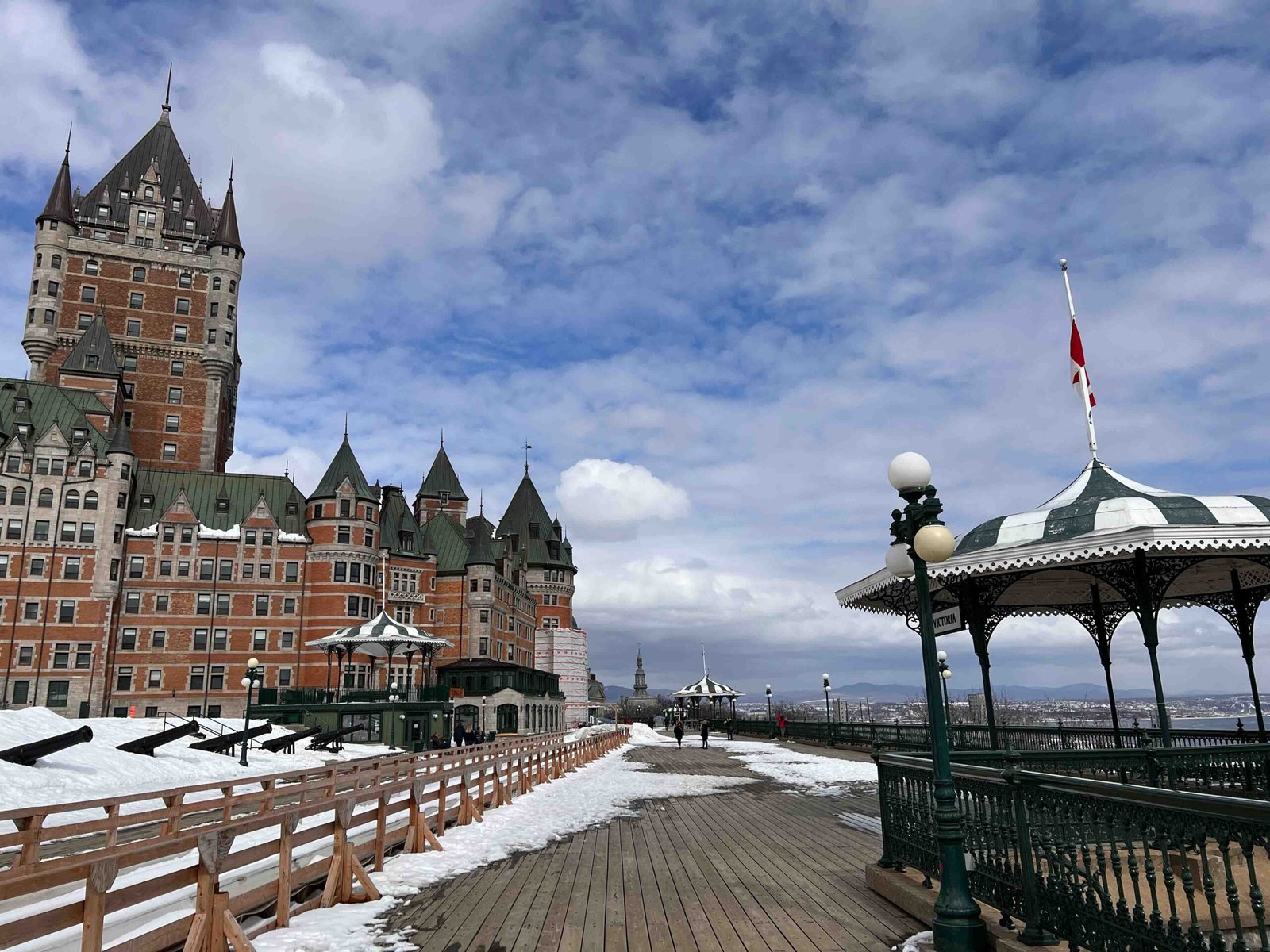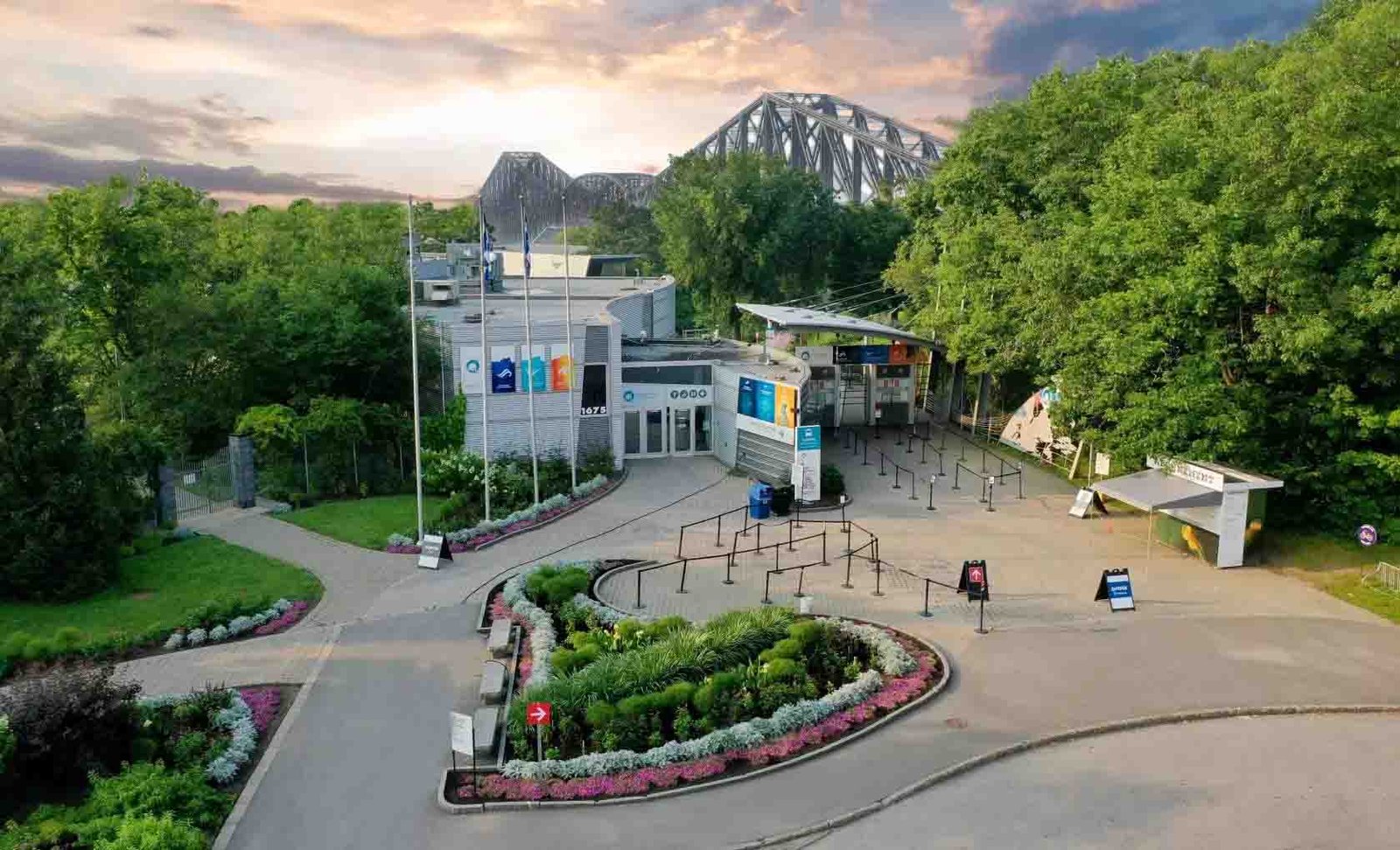Welcome to a journey through the fascinating people and rich culture of New Brunswick, Canada. Nestled in the eastern region of the country, New Brunswick is a province that boasts a unique blend of French and English heritage. With a population of just over 750,000, this small province is home to diverse communities and has a rich history of immigration. From the Acadians to the Loyalists, and more recently, newcomers from around the world, New Brunswick’s population has been shaped by a variety of cultural influences. Join us as we explore the past, present, and future of this vibrant province and its people.
Introducing New Brunswick, Canada
Nestled on the east coast of Canada, New Brunswick is a charming province known for its natural beauty, friendly locals, and unique culture. The province boasts a diverse landscape that includes picturesque fishing villages, sprawling forests, and stunning coastal vistas. Visitors can explore the many attractions that make New Brunswick an ideal destination for nature lovers and history buffs alike. The province’s rich history is evident in its many historic sites, such as Fort Beauséjour-Fort Cumberland National Historic Site and the Saint John City Market, which dates back to 1785. The province’s vibrant culture is also on full display at events like the Festival acadien de Caraquet, which celebrates the French-speaking Acadian community’s heritage through music, dance, and food. With its mild climate, friendly communities, and unique mix of natural beauty and cultural attractions, New Brunswick is an ideal destination for anyone looking to experience the best that Canada has to offer. Whether you’re looking for outdoor adventures or cultural experiences, this charming province has something for everyone.
A Brief History of New Brunswick’s Population
New Brunswick’s population has a long and complex history that is intertwined with the region’s economic, political, and social development. The province was originally inhabited by Indigenous peoples, including the Mi’kmaq, Maliseet, and Passamaquoddy, who had lived in the area for thousands of years before European settlement. In the 17th century, French settlers established colonies in Acadia, which included parts of present-day New Brunswick. However, after several wars between France and Britain, the Treaty of Paris in 1763 ceded Acadia to the British Empire. This led to a significant influx of English-speaking settlers, particularly from Scotland and Ireland, who came to the region seeking economic opportunities and land. In the 19th century, New Brunswick experienced further waves of immigration, including German, Dutch, and Scandinavian settlers. The province also saw an influx of Loyalists from the United States following the American Revolution.
Throughout its history, New Brunswick’s population has been shaped by a complex interplay of migration patterns, economic development, and cultural influences. Today, the province’s population is predominantly Anglophone and Francophone, with significant Indigenous and immigrant communities. Understanding this rich history is crucial to understanding the challenges and opportunities facing New Brunswick’s population today.
Population Density and Distribution in New Brunswick
Population density and distribution in New Brunswick is a crucial aspect of the province’s demographics. According to Statistics Canada, as of 2020, the population of New Brunswick was estimated at 781,315, with a population density of 10.5 people per square kilometre. The majority of the population is concentrated in the southern part of the province, particularly in the cities of Fredericton, Moncton, and Saint John. This uneven distribution poses challenges for rural communities, where the population is sparse and aging. The northern part of the province, for instance, has a population density of only 1 person per square kilometre.
The population distribution has implications for infrastructure and public services such as healthcare and education. Rural communities have limited access to these services compared to urban centres. Moreover, the uneven distribution also affects economic development since businesses tend to locate in areas with higher population densities. The government has implemented policies to address these challenges, including investing in infrastructure development and promoting immigration to attract skilled workers to rural areas.
Despite these challenges, there are opportunities for growth in rural communities through initiatives that promote entrepreneurship and innovation. For example, community-led projects such as renewable energy projects have been successful in creating jobs and attracting investment in rural areas. In conclusion, addressing the uneven population distribution in New Brunswick is essential for ensuring sustainable economic growth and improving the quality of life for all residents.
Migration and Immigration Patterns in New Brunswick
Migration and immigration patterns have played a significant role in shaping the demographic makeup of New Brunswick, Canada. The province has witnessed both inward and outward migration flows over the years, leading to changes in population density and distribution. In the early 20th century, many residents of New Brunswick left the province for other parts of Canada or the United States in search of better economic opportunities. However, in recent decades, there has been an influx of immigrants from various parts of the world, especially Asia and the Middle East. The immigrant population has grown significantly since the 1990s, with Fredericton and Moncton becoming popular destinations for newcomers. The provincial government’s efforts to attract skilled workers and entrepreneurs have also contributed to this trend. The majority of immigrants settle in urban areas, leading to an increase in cultural diversity in these regions. However, rural areas continue to experience depopulation as young people move to cities or other provinces. While immigration has brought many benefits to New Brunswick, such as cultural enrichment and economic growth, it has also presented challenges. For example, language barriers and cultural differences can make it difficult for newcomers to integrate into society. Furthermore, some industries in the province have struggled to attract and retain skilled workers due to a lack of suitable candidates. Overall, migration and immigration patterns will continue to shape New Brunswick’s population and economy in the years to come.
The Impact of Demographic Changes on New Brunswick’s Economy
The demographic changes in New Brunswick have a significant impact on the province’s economy. With an aging population and low birth rates, the workforce is shrinking, resulting in labour shortages and a reduced tax base. This trend is exacerbated by the outmigration of young people seeking better job opportunities elsewhere. The province is struggling to attract and retain skilled workers, particularly in fields such as healthcare and technology. As a result, businesses are finding it challenging to fill job vacancies, which can hinder economic growth. Additionally, the changing demographics also affect consumer behaviour. With an older population, there is a greater demand for healthcare services and products, while younger generations are more likely to spend money on technology and entertainment. Understanding these shifts in consumer behaviour is crucial for businesses looking to thrive in New Brunswick’s economy. To address these challenges, the government is implementing policies to attract immigrants and encourage international students to stay after graduation. There is also a focus on developing industries that can support economic growth, such as renewable energy and advanced manufacturing. By taking proactive measures to adapt to demographic changes, New Brunswick’s economy can remain competitive and sustainable in the long term.
Challenges and Opportunities: Navigating the Future of New Brunswick’s Population
As New Brunswick’s population continues to age and decline, there are numerous challenges that the province must address to ensure its future sustainability. One of the main challenges is the need to attract and retain young professionals and skilled workers. The province’s current demographic trends suggest that there will be a shortage of workers in various sectors in the coming years, including healthcare, education, and technology. To combat this, New Brunswick has implemented several programs aimed at attracting new residents and encouraging former residents to return home. These initiatives include tax credits for graduates who stay in the province, increased funding for post-secondary education, and targeted marketing campaigns highlighting the province’s quality of life. Another challenge facing New Brunswick’s population is the impact of climate change. Rising sea levels and more frequent extreme weather events pose a threat to coastal communities, which are some of the most densely populated areas in the province. To address this issue, the provincial government has launched a climate change action plan that includes measures to reduce greenhouse gas emissions, increase energy efficiency, and improve infrastructure resilience. Despite these challenges, there are also many opportunities for New Brunswick’s population. The province’s natural resources, including its forests and fisheries, offer significant economic potential. Additionally, its location on the eastern seaboard provides access to international markets and opportunities for trade. By addressing its demographic challenges head-on and capitalising on its unique strengths, New Brunswick can build a strong and prosperous future for its people.
Celebrating Diversity: Cultural Experiences in New Brunswick
New Brunswick is a cultural melting pot, with a rich history of diversity and unique traditions. Celebrating this diversity is an essential part of the province’s culture, and there are numerous ways to experience it. The annual Multicultural Festival held in Fredericton is a prime example of how New Brunswickers embrace diversity. This festival showcases various cultures through food, music, dance, and art. It brings together people from different backgrounds and provides a platform for them to share their unique experiences. Another way to experience New Brunswick’s diverse culture is by attending one of the many powwows held throughout the province. These events provide an opportunity to learn about Indigenous cultures and witness traditional dances and ceremonies. Furthermore, exploring the Acadian culture is a must-do when visiting New Brunswick. From the historic Acadian Village in Caraquet to the Festival Acadien de Caraquet, visitors can immerse themselves in the traditions of this vibrant community. Finally, food plays a significant role in celebrating diversity in New Brunswick. From seafood to poutine, visitors can sample a range of dishes that reflect the province’s cultural influences. Overall, New Brunswick offers a range of cultural experiences that celebrate diversity and showcase the unique traditions of its people.
As we journeyed through the people and culture of New Brunswick, Canada, we discovered a rich history and a diverse population that has been shaped by migration and immigration patterns. We learned about the challenges and opportunities that demographic changes have presented for the economy of this region. Additionally, we explored the cultural experiences that make New Brunswick unique and celebrated its diversity. However, as we conclude our journey, one open point for reflection remains: how can we ensure that the rich tapestry of New Brunswick’s people and culture continues to thrive in the face of future challenges? Perhaps it is by embracing the lessons of the past and working towards a more inclusive and equitable future for all who call New Brunswick home.
Population in province:
Alberta, British Columbia, Manitoba, New Brunswick, Newfoundland and Labrador, Nova Scotia, Ontario, Prince Edward Island, Quebec, Saskatchewan






Pingback: Population in Quebec, Canada – Things to do in Canada
Pingback: Population in Ontario, Canada – Things to do in Canada
Pingback: What is the population in Canada? – Things to do in Canada
Pingback: Population in city Saskatoon, province Saskatchewan – Things to do in Canada
Pingback: Population in city Charlottetown, province Prince Edward Island – Things to do in Canada
Pingback: Population in city Fredericton, province New Brunswick – Things to do in Canada